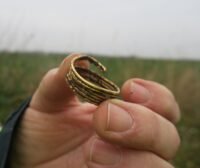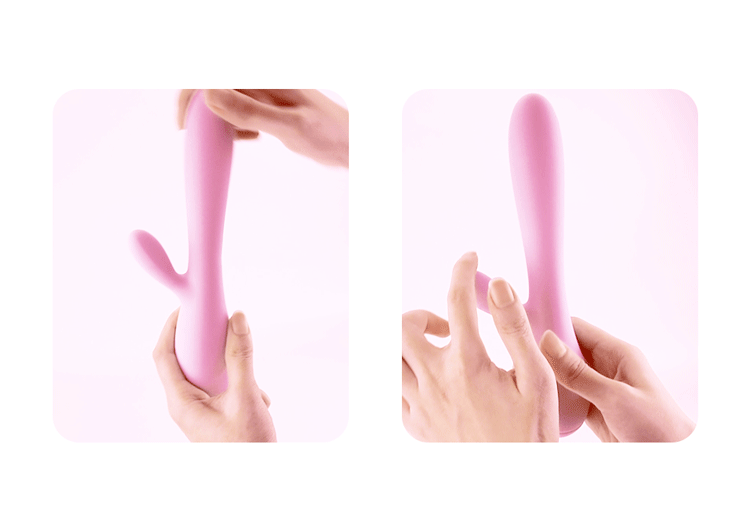When one thinks of Edo period art, it probably isn’t confused with the gore, sex, and gore in Ekin’s work from the mid-1800s. Known by many names over the years, but often remembered as Ekin, the great artist’s initial success came to an abrupt end when he was allegedly framed as the culprit for art forgery.
After 10 years of scandal and mysterious disappearance, Ekin reappears and enters the world of theater in Kochi. Focusing on the most gruesome scenes of Kabuki drama, he caused a gory sensation in the world of theatrical panel art with gory, crude paintings that were imbued with cheeky wit and successfully won over the audience.
Painting prodigy
Born in 1812, Ekin, also known as Kinzo Hirose, as well as many other names throughout his life, began painting as a child. At the age of 16, he studied under a famous painter and completed the original 10-year art course in only 3 years. As a young man, he worked as a painter for the nobles living in Kochi (then called Tosa).
However, Eakin’s early success soon took a turn when he was commissioned by an art dealer to reproduce a famous artist’s work. At the time, copying famous works was a common practice and was not illegal as long as the copies did not include a reproduction of the original artist’s seal.
However, when this particular copy of Akin’s painting was sold by a dealer, it somehow also contained a forgery of the original artist’s seal. Akin found himself facing forgery charges, although he was probably innocent. He was quickly dismissed and banned from holding any future office in the nobility.
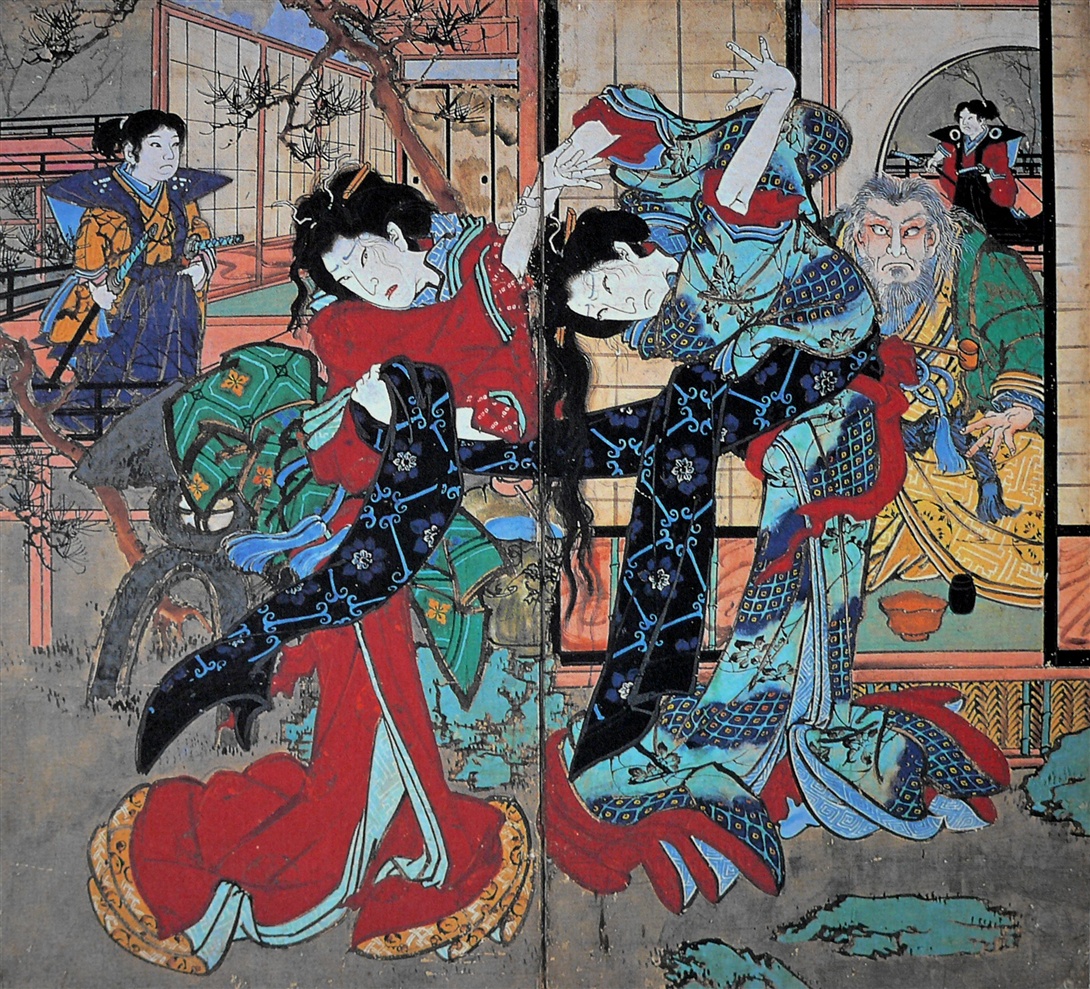
Ekin’s mysterious disappearance and triumphant return
After this fall from grace, Ekin completely disappeared for ten years. Although there has been some speculation, no one knows where he was during this time and it remains a mystery to this day. Whatever he was doing, it must have been pretty extreme judging by the blood, sex, and gore he produced upon his return.
After an absence of ten years, Ekin returned to Kochi. Working in an old sake cellar that was converted into his aunt’s studio, he painted for people in the town and became involved in kabuki theater. In this role he painted the multi-panel folding screens used to decorate theatrical sets.
Unfettered by upper-class committees, Aikin’s paintings became more humorous and gruesome, depicting bloody, gory scenes typical of kabuki narratives. The way he effectively combines multiple key scenes of a narrative in the composition of a single screen is often cited as an early influence on comics.
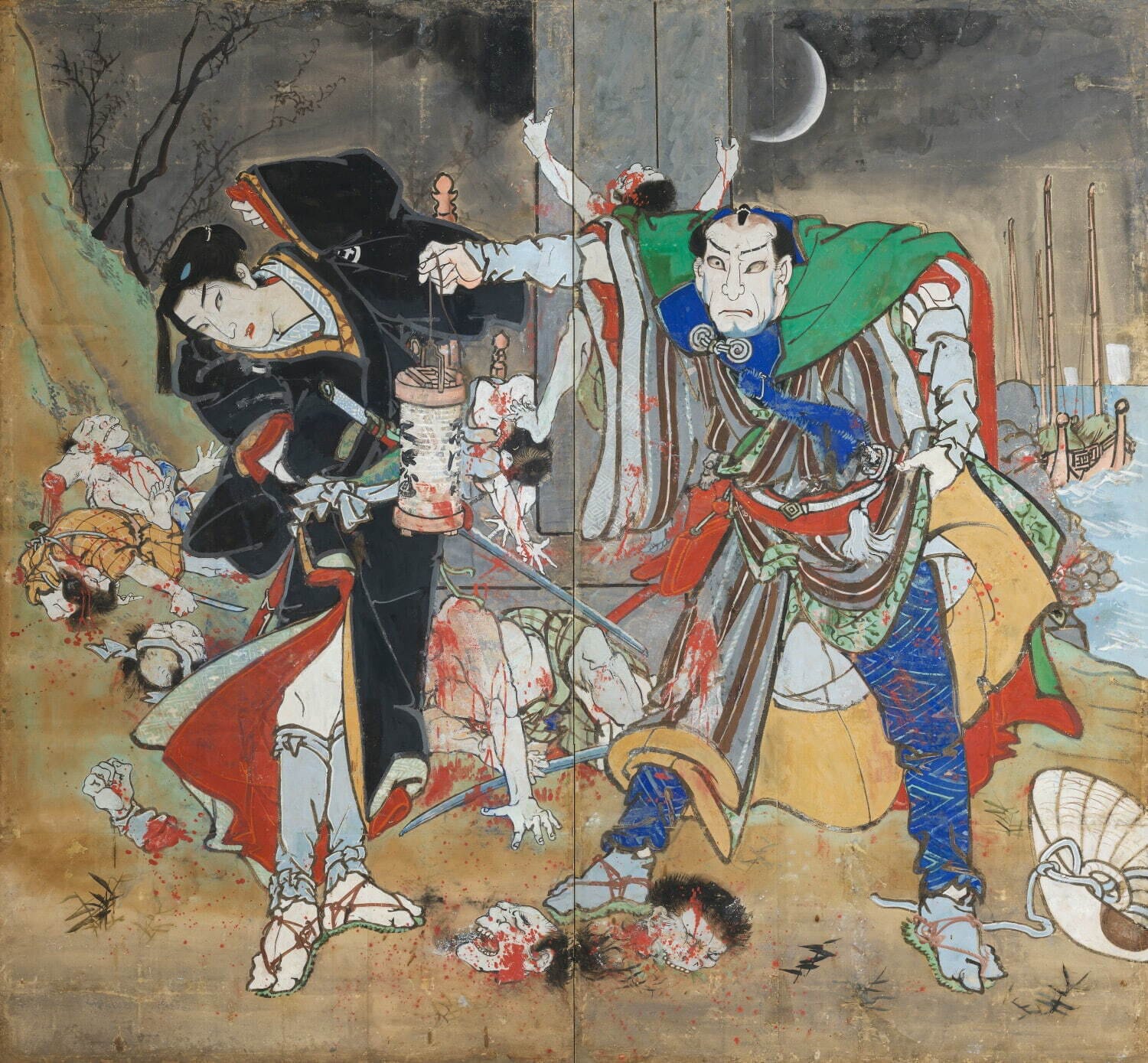

Unbridled creativity
Aikin depicts some of the bloodiest scenes in Kabuki theater in his paintings, from throats slit to spilled entrails. Using minerals found within Kochi Prefecture, he hand-creates the unique red color – which is believed to scare away evil spirits.
The artist also hid his seals and secret (often crude, humorous, or demonic) images in inconspicuous places within the paintings, from lanterns to samurai crests, subtly revealing the characters’ hidden motives or intentions.
Standing about 6 feet tall, Akin was a larger-than-life figure who was so beloved during his lifetime that he even painted lanterns and kites for people in the town. He was a prolific artist, with more than 200 works surviving to this day.
Jiang Jinjie and Jiang Jinzang
Every July, the artist is celebrated in Akaoka, Konan City, with the lively Ijin Festival and the more contemplative Summer Festival. During the summer festival, original panels are displayed by candlelight around Shunta Hachimangu Shrine, and visitors can hold up paper lanterns to view the works up close.
Street lights, shop lights and even vending machine lights were turned off to protect the paintings. While photography is allowed, the use of flash is prohibited.
If you can’t make it to Kochi in time for the festival, don’t worry because you can enjoy Ekin’s performance at the following locations: actionthe official museum of Akaoka artists. The museum, dedicated to his work and legacy, has a dimly lit room where you can borrow paper lanterns to view reproductions of screen paintings.
Two of Ikin’s original works, which change throughout the year, can also be seen through peepholes in a room that recreates his sake cellar studio. Tablets can be borrowed from the front desk to learn more about the paintings and life in Ikin (in English). Photography is not allowed in most areas of the museum.


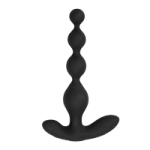 Anal Beads
Anal Beads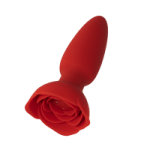 Anal Vibrators
Anal Vibrators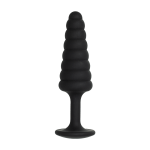 Butt Plugs
Butt Plugs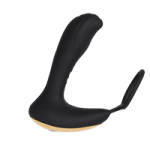 Prostate Massagers
Prostate Massagers
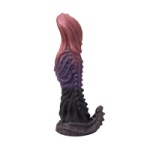 Alien Dildos
Alien Dildos Realistic Dildos
Realistic Dildos
 Kegel Exercisers & Balls
Kegel Exercisers & Balls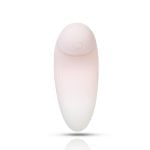 Classic Vibrating Eggs
Classic Vibrating Eggs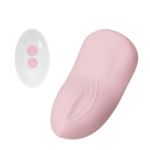 Remote Vibrating Eggs
Remote Vibrating Eggs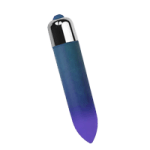 Vibrating Bullets
Vibrating Bullets
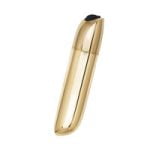 Bullet Vibrators
Bullet Vibrators Classic Vibrators
Classic Vibrators Clitoral Vibrators
Clitoral Vibrators G-Spot Vibrators
G-Spot Vibrators Massage Wand Vibrators
Massage Wand Vibrators Rabbit Vibrators
Rabbit Vibrators Remote Vibrators
Remote Vibrators
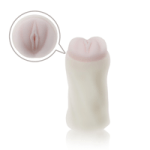 Pocket Stroker & Pussy Masturbators
Pocket Stroker & Pussy Masturbators Vibrating Masturbators
Vibrating Masturbators
 Cock Rings
Cock Rings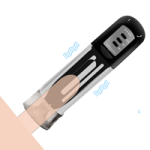 Penis Pumps
Penis Pumps
 Wearable Vibrators
Wearable Vibrators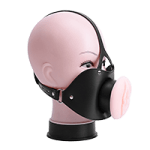 Blindfolds, Masks & Gags
Blindfolds, Masks & Gags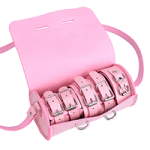 Bondage Kits
Bondage Kits Bondage Wear & Fetish Clothing
Bondage Wear & Fetish Clothing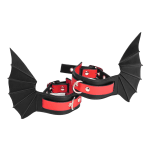 Restraints & Handcuffs
Restraints & Handcuffs Sex Swings
Sex Swings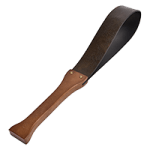 Ticklers, Paddles & Whips
Ticklers, Paddles & Whips







